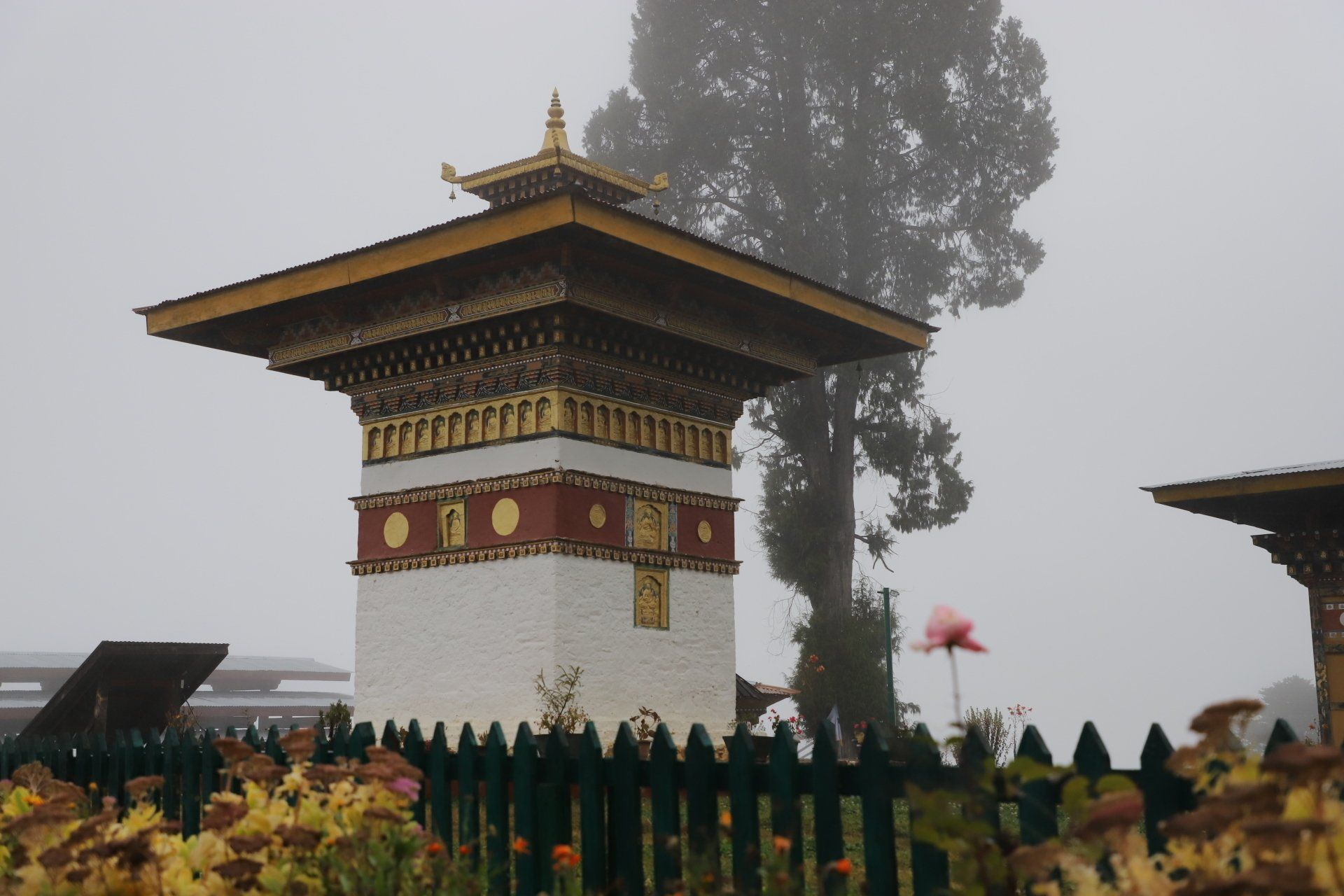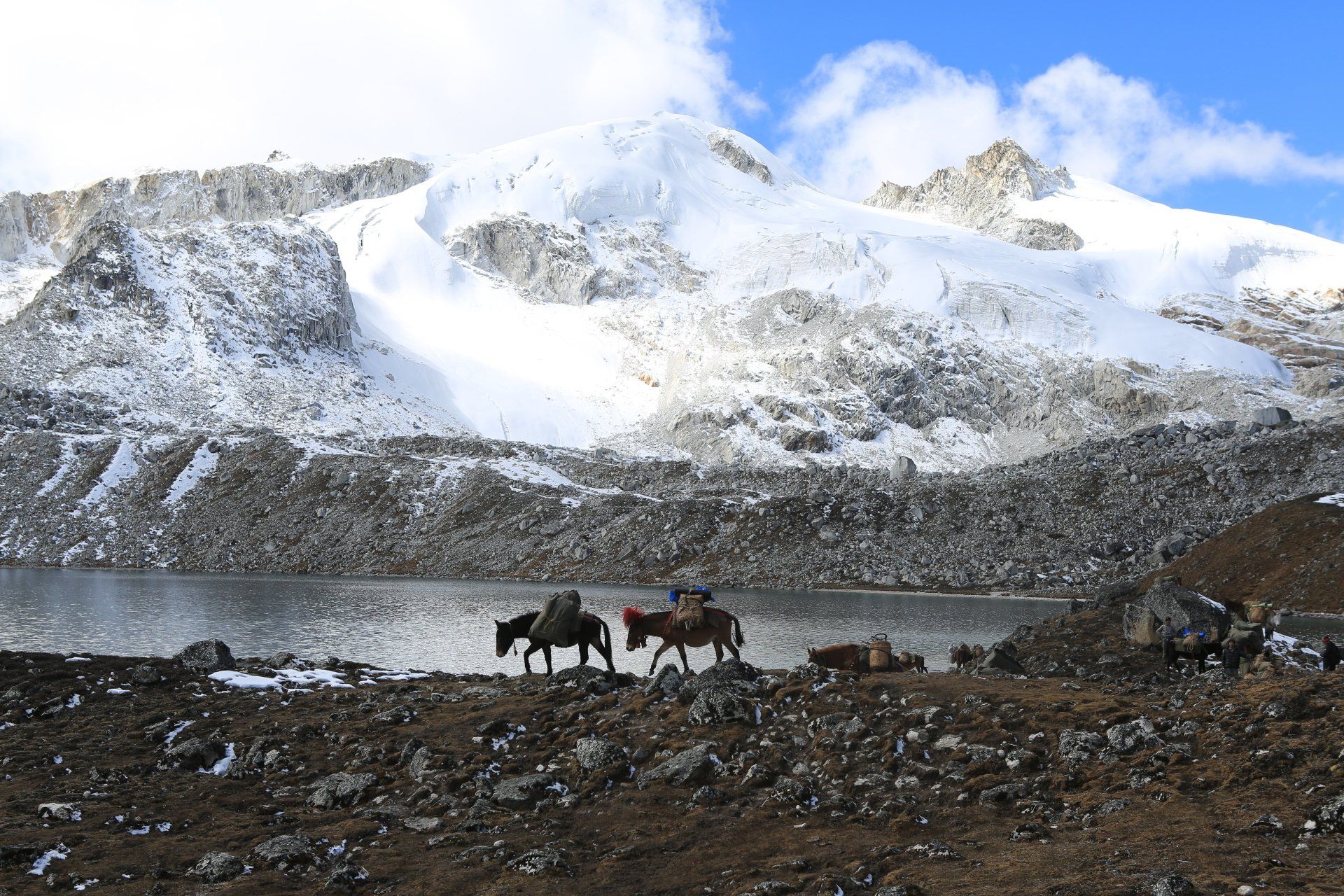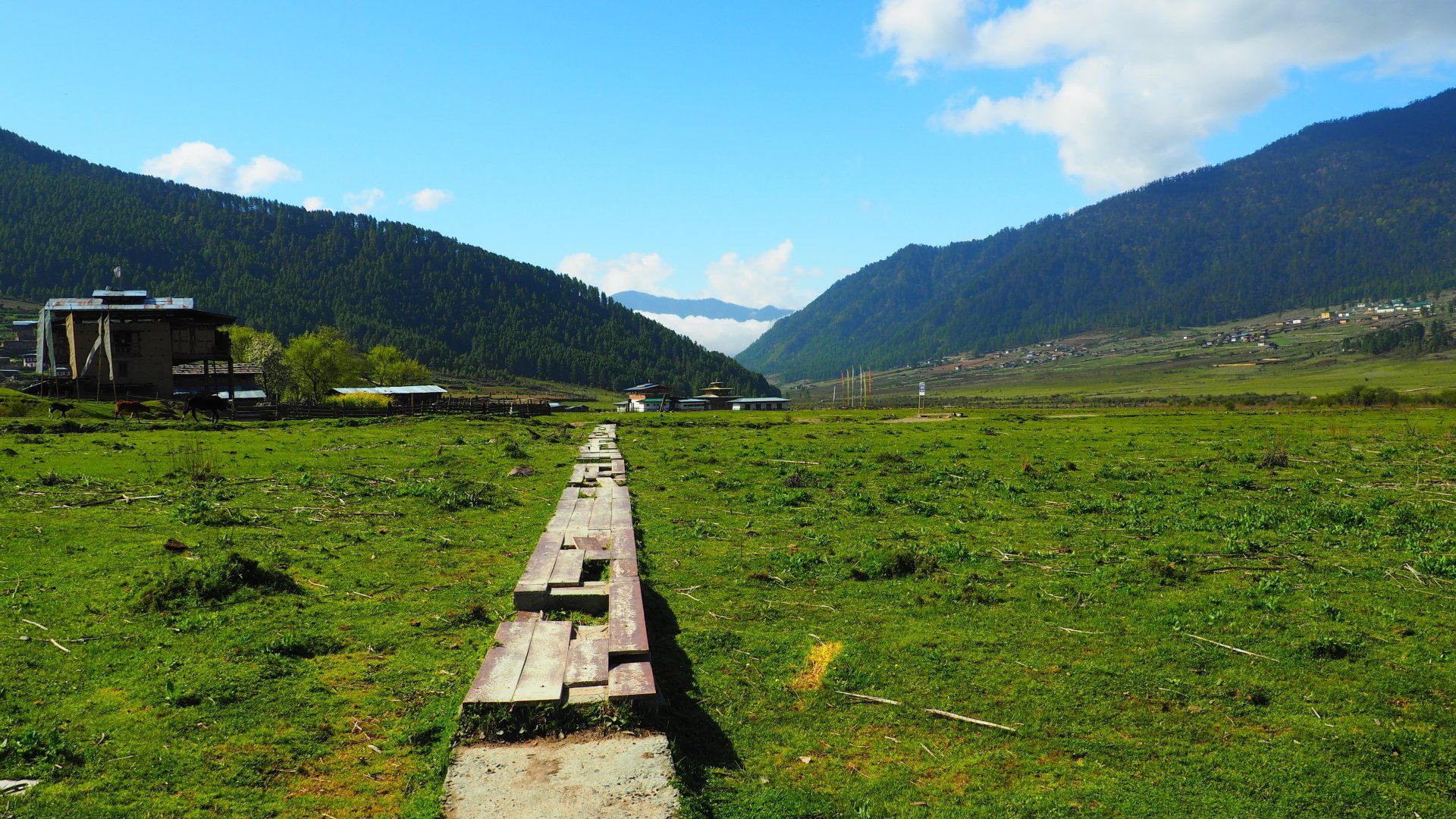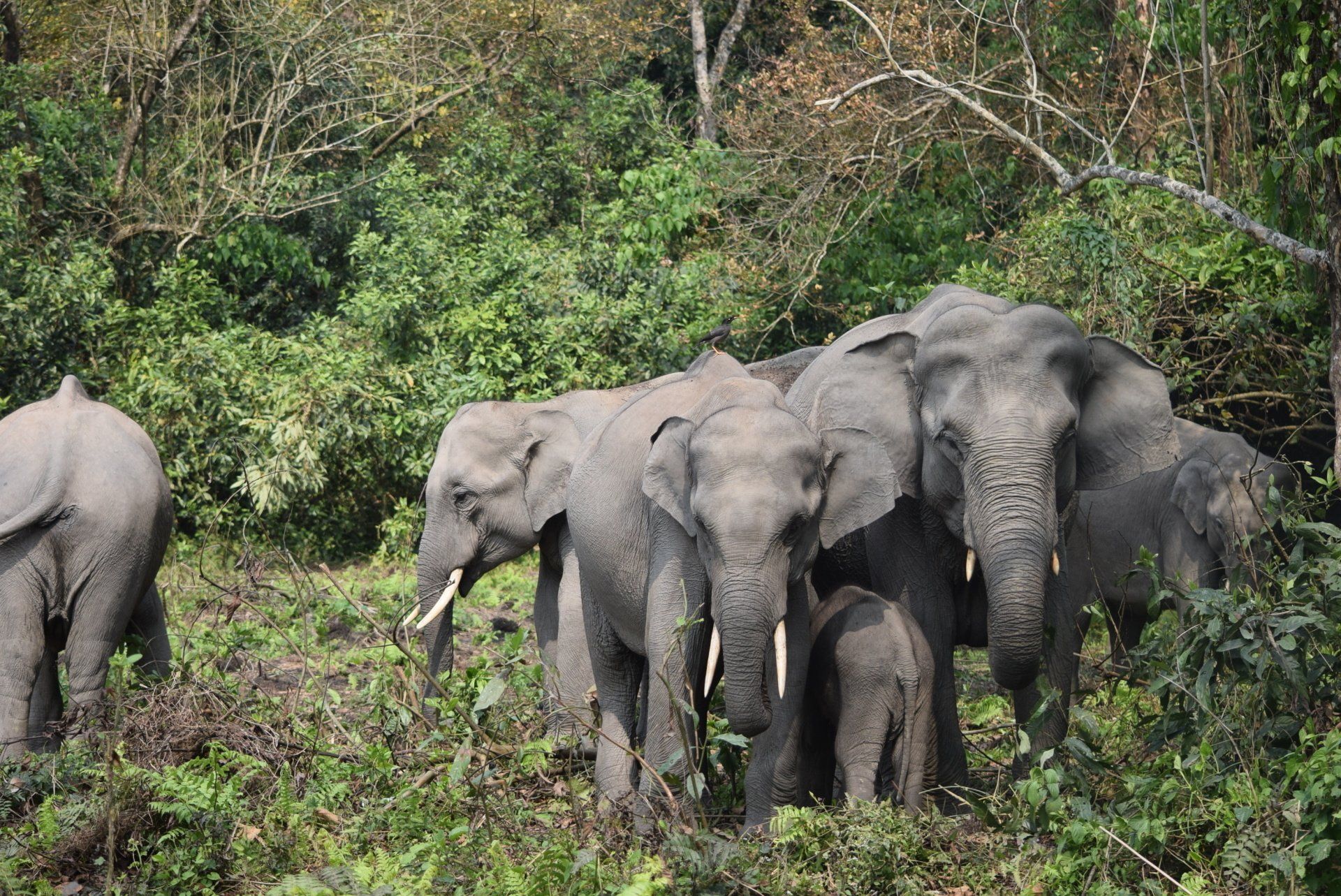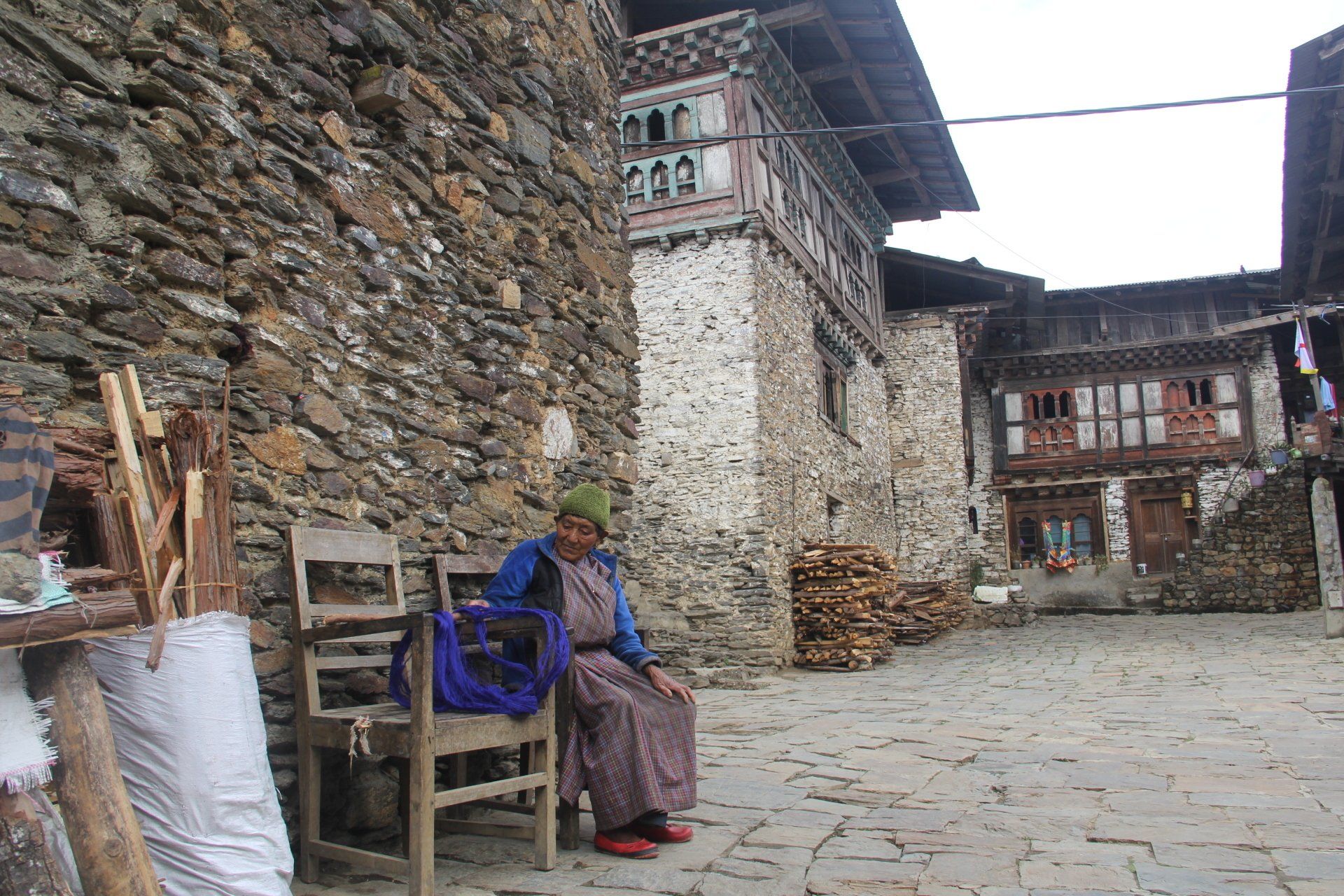Ruins of Zhongar dzong
The Once Most Formidable Fortress in the East

Located on a hill top, opposite Lingmithang, on the Bumthang – Monggar highway, Zhongar Dzong is barely visible amongst the tress and giant shrubs surrounding it. Looking majestic even in ruins the once stunning Zhongar Dzong/ Fortress was a familiar sight for the people traversing the highway. At one time the Fortress was one of the largest Dzong in the country as a political stronghold and lured the attention of the locals but now it is sadly neglected by everyone and is left only to be encroached by trees and wild weeds that has occupied the entire area. And today it falls under the list of long lost cultural heritage of Bhutan.
According to legend, building of this fortress was assigned by King Karpo Dung to Zochen Bala, an accomplished architect and builder of fortresses. When the construction was completed, the king was delighted and in awe looking at the incredible architecture and design of the Dzong and organized a grand dinner and farewell for Bala for his marvelous work. However, the dinner took an ugly turn when Bala’s hands were cut off by the King, who feared that Bala might build a similar dzong elsewhere. Legend holds that Bala took rebirth as Nyepo (local deity) in the form of a gigantic snake who fiercely guarded the Dzong and caused harm to the locals including the King. It is believed that in order to take revenge and create havoc, the deity conjured fire and supernatural earthquakes lasting seven days that ultimately destroyed the Dzong. The failure of the King to tame this deity eventually led him to abandon the fortress altogether. All the important scared relics of this fortress was later shifted to the current Monggar Dzong.
Due to negligence and failed efforts to renovate the Dzong, there is hardly any road or path leading to the ruins and the only option for tourists and locals is to enjoy this story and gaze at the ruins from the road point, imagining how this magnificent fortress had once been a beautiful landmark of the east during its glorious days.
